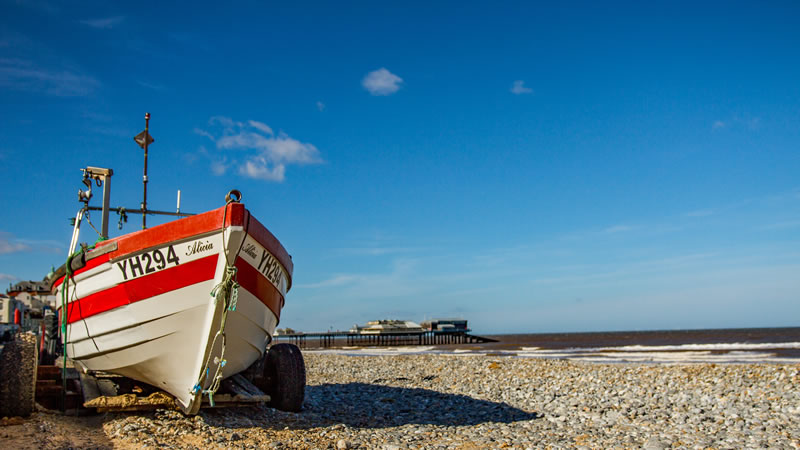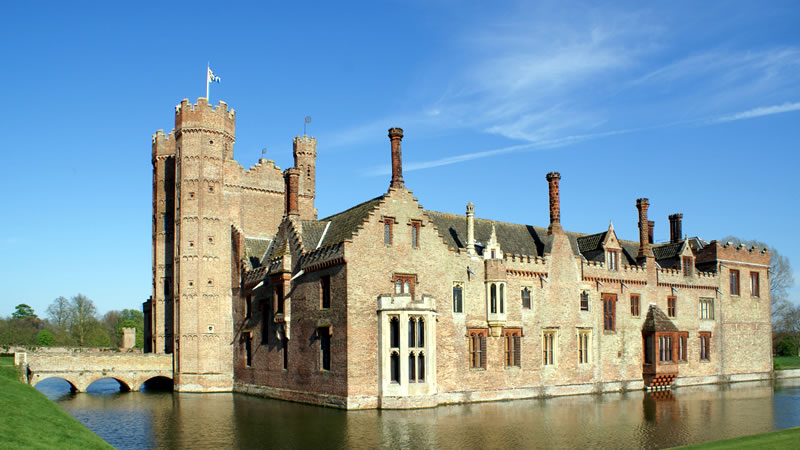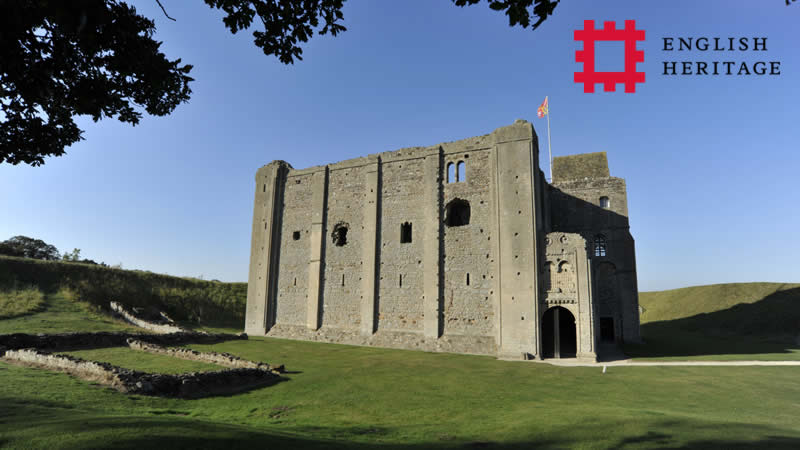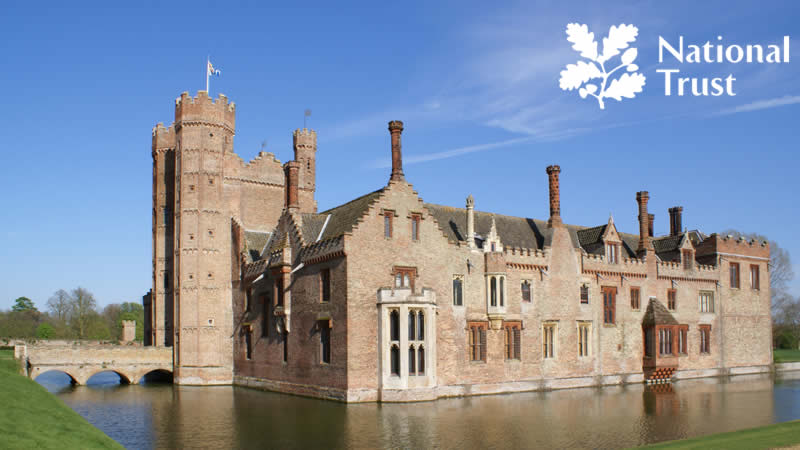The Marsh Harrier is a Norfolk Success Story
Published date: November 2018

The marsh harrier is the largest of the harriers and is recognisable by its long tail and light flight with wings held in a shallow ’V’ formation. Females are larger than the males and have distinctive golden-yellow crowns and throat and chocolate-brown feathers. Males are lighter in colour and have a brown back, pale neck and head, gingery belly and long grey wings with black tips. In recent years the marsh harrier population has increased, and in Norfolk, it is not unusual to see this beautiful bird in flight.
Eating small birds, mammals, reptiles, insects and carrion, the marsh harrier has a plentiful supply of food in Norfolk. It measures between 48-56cm in length, with a wingspan of between 115-130cm. There are around 400 breeding pairs in the UK, with more than 100 females nesting in Norfolk each year, making the region one of the best places in the UK to spot this stunning raptor. Originally nesting on the ground in reed beds, marsh harriers now also nest in crops, with females having a single clutch of between 4 and 5 eggs. The females start breeding at 3 years of age and the males are not monogamous, mating with up to 3 different females.
The marsh harrier is likely to be seen flying low over reedbeds and grazing marshes in Norfolk and can often be spotted resting in trees or on farmland fencing. The marsh harrier is one of the great success stories of recent times in Norfolk and lowland England. In the early 19th Century they were plentiful in Norfolk and throughout East Anglia and were so common in this region that the ornithologist Lubbock referred to them as Norfolk Hawks. However, by the latter part of the century they had become extinct in the UK through persecution and habitat loss. The marsh harrier began breeding sporadically in the Norfolk Broads and at other sites between 1927 and 1975 and the number of nests steadily rose. In 1982 the first UK nest of marsh harriers in an arable field was recorded in Norfolk and this habitat has since been regularly used by the species.
During the summer breeding pairs of marsh harriers carry out impressive displays of aerobatics, tumbling through the air with the male dropping food for the female to catch in flight; this is quite a sight to behold. Ideal locations to see this occurring in Norfolk are the Fens, the Broads and along the Norfolk coast. However, marsh harriers can today be encountered almost anywhere as they are increasingly nesting inland in arable fields. There are many sites in Norfolk where marsh harriers are almost guaranteed to be seen in spring and summer, including Norfolk Wildlife Trust’s Hickling Broad, Norfolk Wildlife Trust’s Cley Marshes, RSPB Titchwell Marsh, RSPB Strumpshaw Fen and the Hawk and Owl Trust’s Sculthorpe Moor reserve in Fakenham. Marsh harriers were previously almost exclusively seen in Norfolk during the spring and summer but today they can be encountered all year round, but particularly prevalent in late summer.
The following websites provide further details about the marsh harrier:

Recycling in Norfolk this Christmas

Go Crabbing in Norfolk

Are you one of the 100,000 unpaid carers in Norfolk?

Stately Homes and National Trust Properties to Visit in Norfolk

Hoveton Hall Estate

Broadland Cycle Hire

Christmas and New Year Charity Swims in Norfolk

The Bressingham Gardens

Fun Activities for Grown Ups in Norfolk

Live Music Venues in Norfolk

Norfolk Shortcake Recipe

Priory Maze and Gardens

Houghton Hall

Garden Centres to visit in Norfolk




